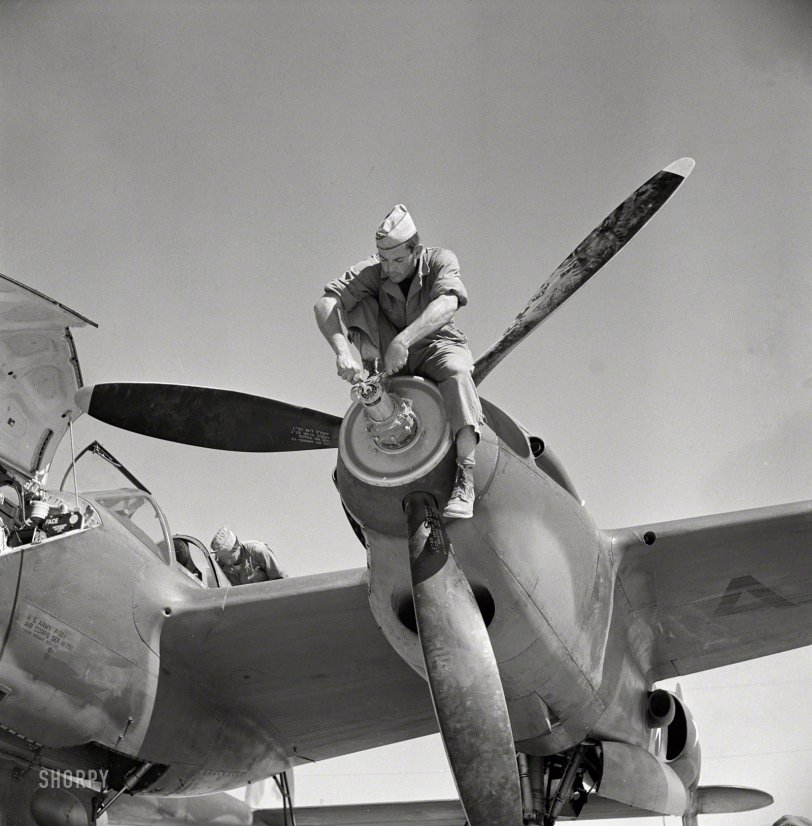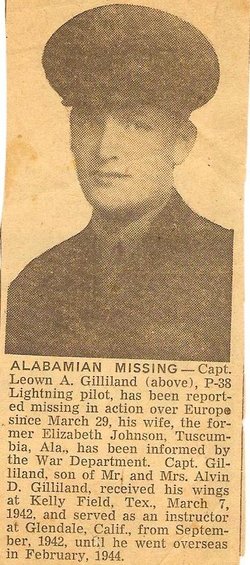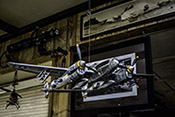


Framed or unframed, desk size to sofa size, printed by us in Arizona and Alabama since 2007. Explore now.
Shorpy is funded by you. Patreon contributors get an ad-free experience.
Learn more.

- Baldwin 62303
- Baldwin VO-1000
- Cold
- No expense spared
- Tough Guys
- Lost in Toyland
- And without gloves
- If I were a blindfolded time traveler
- Smoke Consumer Also Cooks
- Oh that stove!
- Possibly still there?
- What?!?
- $100 Reward
- Freeze Frame
- Texas Flyer wanted
- Just a Year Too Soon
- WWII -- Replacing men with women at the railroad crossing.
- Yes, Icing
- You kids drive me nuts!
- NOT An Easy Job
- I wonder
- Just add window boxes
- Icing Platform?
- Indiana Harbor Belt abides
- Freezing haze
- Corrections (for those who care)
- C&NW at Nelson
- Fallen Flags
- A dangerous job made worse
- Water Stop
Print Emporium
Now for the Tricky Part: 1942

May 1942. "Working on the nose of an engine on an interceptor plane. Lake Muroc, California." Photo by Russell Lee for the OWI. View full size.
Engines
The props were also counter rotating. No P-factor or critical engine thrust issues.
The P-38 also had mismatched super chargers that didn't do so well at high altitudes... However at low altitudes it was a superior aircraft for low level operations like ground support.
Maintainer's Wardrobe
Working on fighter aircraft with hats on these days is a big way to get yourself in a lot of trouble. So is having stuff in your pockets if you crawl up the intake or the exhaust. Jets will suck up anything you have loose and it doesn't take much to put a 4 million dollar engine into a maintenance stand. Having everyone in maintenance to walk the ramps (and sometimes runways) for ingestible debris is another daily activity that wasn't as important for P-38's. Much more "expeditionary" than today's Air Force.
Lockheed P-38F Lightning 41-007511
On 8/11/42, the aircraft suffered structural failure in Glendale, CA, at the hands of pilot Leown A. Gilliland, who flew with the 96 FS and the 82 FG, based at March Field in Riverside. This is from http://www.aviationarchaeology.com/src/dbaat.asp?theAT=p-38&Submit3=Go&o....
On 12/23/42, it apparently had a landing accident at Muroc while being flown by Leonard Gaber. This from http://www.aviationarchaeology.com/src/dbaat.asp?theAT=p-38&Submit3=Go&o...
On 11/19/43, a mechanical failure compelled a forced landing in Santa Paula, CA, with Samuel Truluck at the controls. http://www.aviationarchaeology.com/src/dbaat.asp?theAT=p-38&Submit3=Go&o...
In the above incident, we gather that the aircraft was damaged beyond repair, according to http://aviation-safety.net/wikibase/wiki.php?id=107761
(Capt. Leown Gilliand, born 12/16/20 would go on to earn the DSC for downing two aircraft on 3/8/44 in Europe, three weeks before his death. http://militarytimes.com/citations-medals-awards/recipient.php?recipient...) Here he is:

Kelly Johnson
A incredible designer of aircraft, worth checking into his history and story and learning more about him. From slide rules to computers, he was there.
It's a P-38F
It says so on the data block on the nose. It also gives the serial number 41-7511 so we know it's to an FY41 contract.
Bushwacked
'twas the plane that got Admiral Yamomoto.
Constant Speed Prop on P-38F
The airplane is a P-38. It can be identified by the unique forward door on the left, giving access to the gun compartment, as well as the tail boom and long horizontal stabilizer. But, the serial number on the fuselage confirms it's a P38F for those still in doubt; the serial number is partly legible as well.
Today's general aviation airplanes still use a lot of World War II technology. One such device is the "constant speed" propeller where the pilot can adjust propeller pitch (it's actually RPM's that are governed, hence the name.) In multiengine airplanes, the pitch change mechanism is also equipped to feather the propeller in the event the engine dies, to reduce drag of the windmilling propeller being turned by the slipstream. (A feathered propeller stops turning). The pitch change/feathering mechanism is enclosed in the spinner, a fairing over the propeller hub that's been removed in this photo, and that's what the technician is working on. Usually, aerodynamic forces tend to force the propeller to one end of the pitch envelope, and springs, compressed air, and/or engine oil pressure is used inside this device to control the pitch.
Next
A twin Allison powered P-38 I'd say. And, if so, he's got another nut case
to work on over on the other boom.
Got one in the living room.

P-38F
For a good lesson on flying a P-38, view this wonderful video. http://www.youtube.com/watch?v=Y3nddCJbcdI
P-38 Lightning
Built by Lockheed starting in 1937. This aircraft was used in both theaters of the war, but was most successful in the Pacific. The first dual engine fighter, it was quite a plane.
Step 3: While keeping fingers clear
I've got the wrench on the lock nut now. Just give her a quick bump so I can git this nut torqued to the right specs.
P-38L Lockheed Lightning
One of Clarence "Kelly" Johnson's most brilliant aircraft designs was the P-38, used in every theater of war throughout World War II. While Luftwaffe pilots considered it "meat on the table," USAAAF pilots in the Pacific excelled at the controls of this fighter. Among them was Richard Bong, the highest scoring American ace of the war.
"Try 'er now, Joe!"
Err, wait a minute, not yet! Joe! Noooooo....
Been there, Done that
I've been in much the same position on the engine of a CH47 (Chinook) helicopter when I repaired them for Uncle Sam's Army.
You were supposed to use a portable work platform which was always either in use, at the farthest opposite end of the flightline, in need of repair or otherwise unavailable. We had many more aircraft and mechanics in my unit than platforms. And of course, Operations needed this thing flying an hour ago! Sometimes you just had to "Git 'er done!" as they say.
Every now and then, though, we were just hamming it up for a visiting VIP photographer. In my case it was Stars and Stripes newspaper.
























On Shorpy:
Today’s Top 5